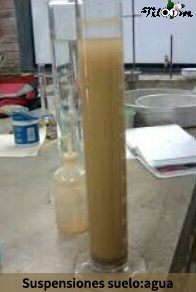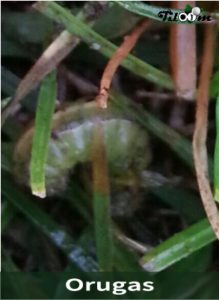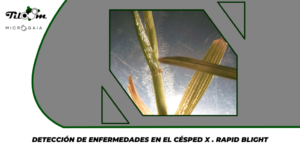This website uses cookies so that we can provide you with the best user experience possible. Cookie information is stored in your browser and performs functions such as recognising you when you return to our website and helping our team to understand which sections of the website you find most interesting and useful.
🌟 Improve your sports field with a expert audit.










One Response
I am interested in using Bacillus to eliminate the Phyllophaga pest from my lawn. I don't know which is the right product or if it is available in Spain. All the information I find is American and it is not clear to me if it is dangerous for pets. I also read that it is applied on bare soil but I don't know if it can be applied on the little lawn I have left. Please, I need information about products and instructions. Thank you